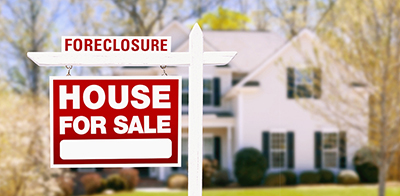
Foreclosure Starts Back at Pre-Pandemic Levels

ATTOM, Irvine, Calif., said foreclosures and foreclosure starts rose in August, reaching levels not seen since before the pandemic.
The company’s August U.S. Foreclosure Market Report showed 34,501 U.S. properties with foreclosure filings — default notices, scheduled auctions or bank repossessions — up 14 percent from a month ago and up 118 percent from a year ago. Lenders started the foreclosure process on 23,952 U.S. properties in August, up 12 percent from last month and up 187 percent from a year ago.
“Two years after the onset of the COVID-19 pandemic, and after massive government intervention and mortgage industry efforts to prevent defaults, foreclosure starts have almost returned to 2019 levels,” said Rick Sharga, executive vice president of market intelligence at ATTOM. “August foreclosure starts were at 86 percent of the number of foreclosure starts in August 2019, but it’s important to remember that even then, foreclosure activity was relatively low compared to historical averages.”
States with the greatest monthly increases in foreclosure starts included Oklahoma (up 80 percent); Tennessee (up 74 percent); Virginia (up 64 percent); Arkansas (up 53 percent); and Washington (up 50 percent).
Nationwide, one in every 4,072 housing units had a foreclosure filing in August. States with the highest foreclosure rates were Illinois (one in every 1,926 housing units); Delaware (one in every 2,387); South Carolina (one in every 2,417); New Jersey (one in every 2,441); and Florida (one in every 2,950).
Among the 223 metropolitan statistical areas, those with the highest foreclosure rates in August were Peoria, Ill. (one in every 869 housing units); Jacksonville, N.C. (one in every 968); Bakersfield, Calif. (one in every 1,454); South Bend, Ind. (one in every 1,478); and Rockford, Ill. (one in every 1,496).
The report said lenders repossessed 3,938 U.S. properties through completed foreclosures in August, up 28 percent from last month and up 59 percent from last year.
“Repossessions are likely to continue running below pre-pandemic levels for several reasons, most importantly that over 90 percent of borrowers in foreclosure have positive equity in their homes, and would benefit from selling these properties at a profit rather than risk losing everything to a foreclosure auction or lender repossession,” Sharga said.
